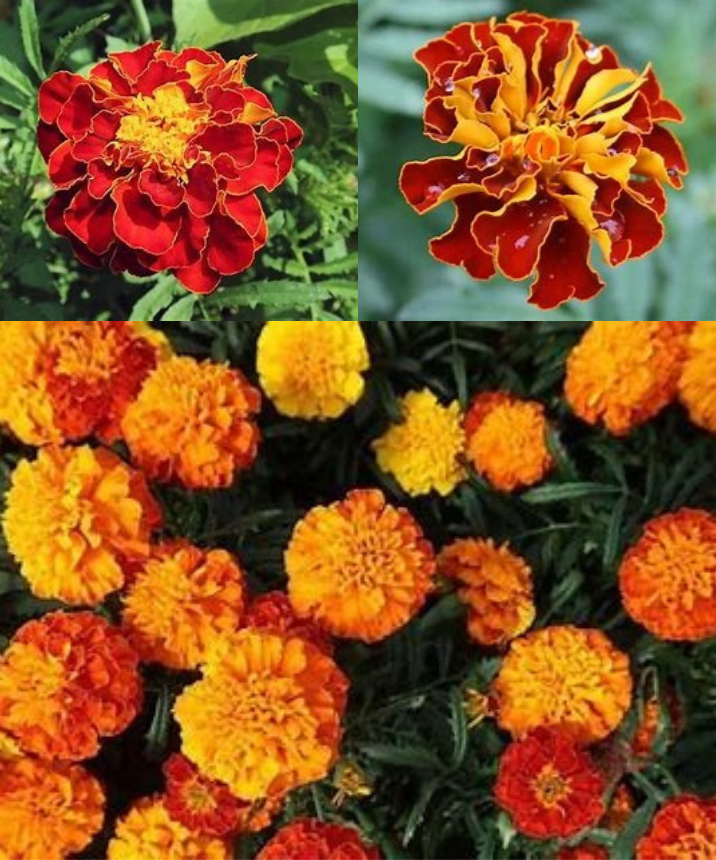five fascinating facts about marigolds that delve deeper into their diverse characteristics and cultural significance:
- Natural Pest Repellent: Marigolds aren’t just beautiful garden flowers; they also serve as natural pest repellents. These plants emit a strong fragrance that deters various garden pests, including mosquitoes, aphids, and nematodes. By planting marigolds alongside your other garden plants, you can naturally protect them from potential damage caused by these pests, reducing the need for chemical pesticides.
- Edible Flowers: While marigolds are predominantly grown for their vibrant colors and ornamental value, many people are unaware that certain varieties offer edible petals. These petals can be a delightful addition to salads, soups, and teas, imparting a subtle, spicy flavor and adding a pop of color to culinary creations. Incorporating marigold petals into your dishes not only enhances their visual appeal but also introduces a unique and aromatic taste.
- Medicinal Uses: Throughout history, marigolds have been valued for their medicinal properties and have been used in traditional healing practices around the world. These flowers possess anti-inflammatory, antiseptic, and wound-healing properties, making them useful for treating various skin conditions and minor injuries. Marigold extracts and oils are often incorporated into topical ointments, creams, and salves, providing relief for ailments such as cuts, burns, and insect bites.
- Symbolism: Marigolds hold deep cultural significance in many societies and are associated with various traditions and rituals. In Mexican culture, marigolds play a central role in the annual Day of the Dead festivities. During this holiday, vibrant marigold flowers, known as “cempasúchil” in Spanish, are used to adorn altars and graves, symbolizing remembrance and honoring deceased loved ones. Similarly, in Hindu ceremonies and celebrations, marigold garlands are commonly offered as floral tributes to deities and as decorative elements in religious rituals, representing purity, auspiciousness, and devotion.
- Variety of Colors and Sizes: While the classic image of a marigold may evoke vibrant hues of orange and yellow, these cheerful flowers actually come in a wide array of colors, including white, cream, gold, and deep red. Furthermore, marigolds exhibit diverse growth habits and sizes, ranging from compact, dwarf varieties ideal for borders and containers to tall, branching plants suitable for cutting gardens and larger landscapes. With their versatility in color and form, marigolds offer endless possibilities for creative garden designs and floral arrangements, ensuring that there’s a perfect variety for every gardener’s preferences and needs.
These intriguing facts underscore the multifaceted nature of marigolds, highlighting their practical benefits, culinary versatility, medicinal properties, cultural significance, and aesthetic appeal. Whether adorning a garden bed, adorning a culinary masterpiece, or honoring cultural traditions, marigolds continue to captivate and inspire people around the world with their beauty and symbolism.
